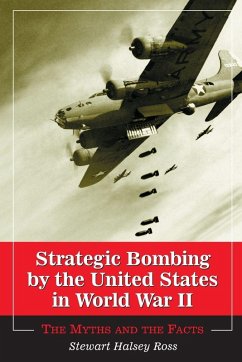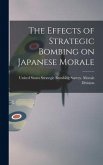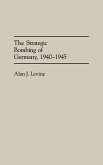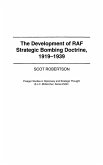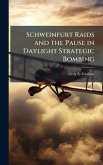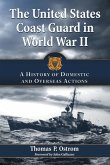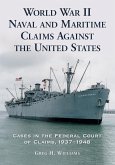The United States relied heavily on bombing to defeat the Germans and the Japanese in World War II, and air raids were touted as "precision" bombing in American propaganda. But was precision possible over cloud-covered Europe or a darkened Japanese countryside? Could the vaunted Norden optical bombsight in fact "drop bombs into pickle barrels" as advertised? Were the American aircrews well trained and well protected? How good were their airplanes? What were the results of the costly raids? This work sets suppositions against facts surrounding the United States' use of strategic bombing in World War II. Chapters cover the events leading up to World War II; the start of the war; the seers and the planners; the airplanes, bombs, bombsights, and aircrews; the planes Germany used to defend itself against American planes; the five cities (Hamburg, Dresden, Tokyo, Hiroshima, and Nagasaki) that experienced the most destruction; and the U.S. Strategic Bombing Survey of the damage done by aerial bombing. The book also probes the government's myth-building statements that supported America's view of itself as a uniquely humanitarian nation, and analyzes the role played by interservice rivalry--"battleship admirals" against "bomber generals."
Bitte wählen Sie Ihr Anliegen aus.
Rechnungen
Retourenschein anfordern
Bestellstatus
Storno

